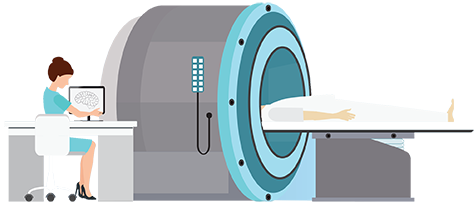

Phlebotomists are healthcare professionals who work with patients and draw blood. The phlebotomist collects blood & other specimens which are tested in a laboratory. This information is critical to patient care and diagnosing sickness& disease. Physicians often order blood draws that are used to perform a wide variety of medical tests. Phlebotomists play an important role in medical clinics, hospitals, doctors offices, and blood banks around the country. The process of drawing blood is also known as venipuncture. The actual procedure is usually done using a needle and evacuated or vacuum tubes. Learn how to become a phlebotomist and find phlebotomy schools.
Here are some of the most common supplies used by phlebotomists.
Phlebotomy certification is often required by employers before they are willing to hire someone for the position. While an associate or bachelor’s degree is not required, many healthcare workers choose to earn degrees in biology, chemistry or health care to expand their knowledge & gain a strong advantage in the job market. Phlebotomy certification training programs are offered at many colleges and universities throughout the country. Below you’ll find a list of schools organized by state. Many of these schools also offer related programs such as radiology, medical assisting, medical coding, and healthcare admin.
Most schools only require that students have a high school diploma or GED to begin training. Because phlebotomy requires hands on training most schools look to recruit students within their state If you don’t see a school near you you might also consider an online school with a program in a related health care field. Phlebotomists learn infection control, safety & first aid, medical terminology, as well as anatomy and physiology of organ systems. Classes also cover topics such as specimen handling, transportation and processing.
Founded in 1978, the National Phlebotomy Association was established to educate, organize, and unite the industry and the phlebotomy healthcare community. It has been the only organization focused on all aspects of educating and certifying the nation’s phlebotomists. The organization’s members number over 16,000 phlebotomists, covering all 50 states. The National Phlebotomy Association suggests that all members to continue their education within the field and ensure that they keep up-to-date on the industry, even after you receive your certification.
1901 Brightseat Road
Landover, MD 20785
Phone: (301) 386-4200
Fax: (301) 386-4203